About Us
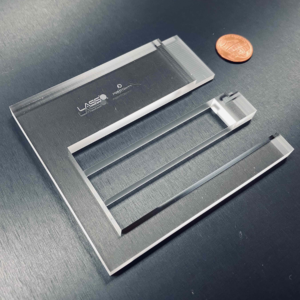
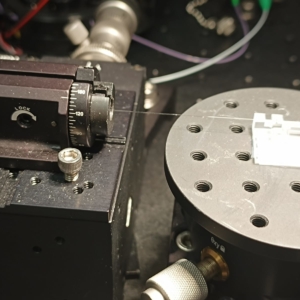
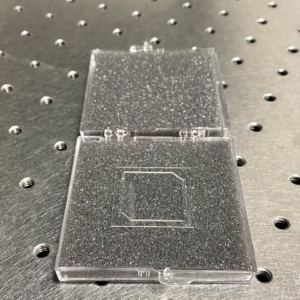
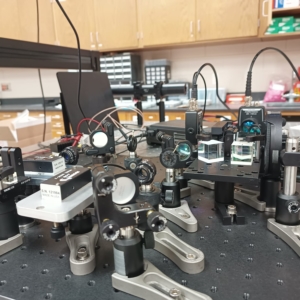
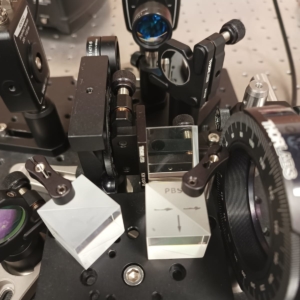
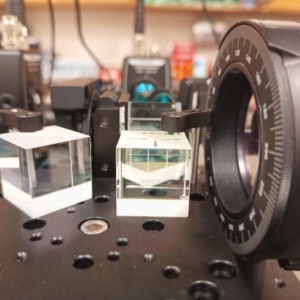
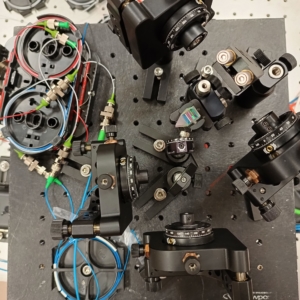
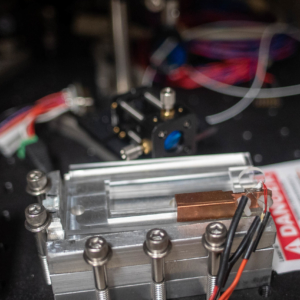
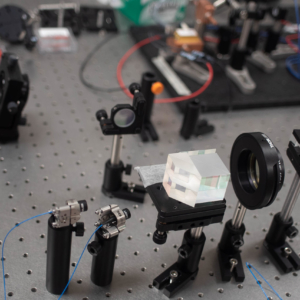
In the Laboratory of Space Systems and Optomechanics (LASSO) at the University of Arizona, we focus on designing and developing inertial sensors with application in distinct fields such as gravitational-wave astronomy and space geodesy.
Our group research is centered in:
- Novel optomechanical inertial sensing technologies.
- Optical precision measurements.
- System characterization and signal processing.
LASSO members are also part of international collaborations such as the Laser Interferometer Space Antena – LISA Consortium and the Laser Interferometer Gravitational-wave Observatory – LIGO Scientific Collaboration, where we contribute to the characterization and development of ground and space-based observatories.
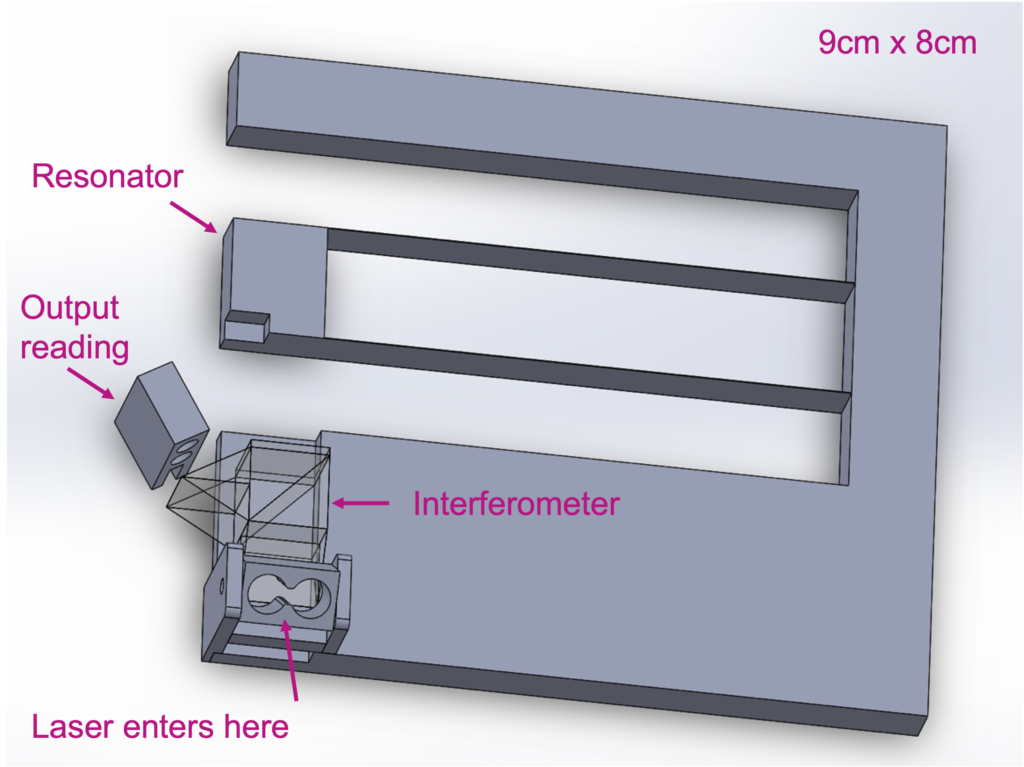
The accelerometer is comprised mainly of two parts:
1. Opto-mechanical resonator
2. Interferometer
OPTOMECHANICS

Optomechanics
- Resonator is a core sensing element of the accelerometer vibrating at certain frequency according to acceleration.
- For our lab prototype, we have achieved test mass of 1g, total sensor mass <30 g,
- Higher the quality-factor, higher is the accelerations sensitivity. We have achieved a Q-factor up to few millions.
- We have measured displacement resolution in 10-16 m / √Hz at higher frequencies., which translates to acceleration resolution <100 ng/ √Hz over a bandwidth of 10 kHz.
- We study new materials and fabrication methods for resonators; design, model and fabricate the resonators for compact sensing technologies.
LASER INTERFEROMETER
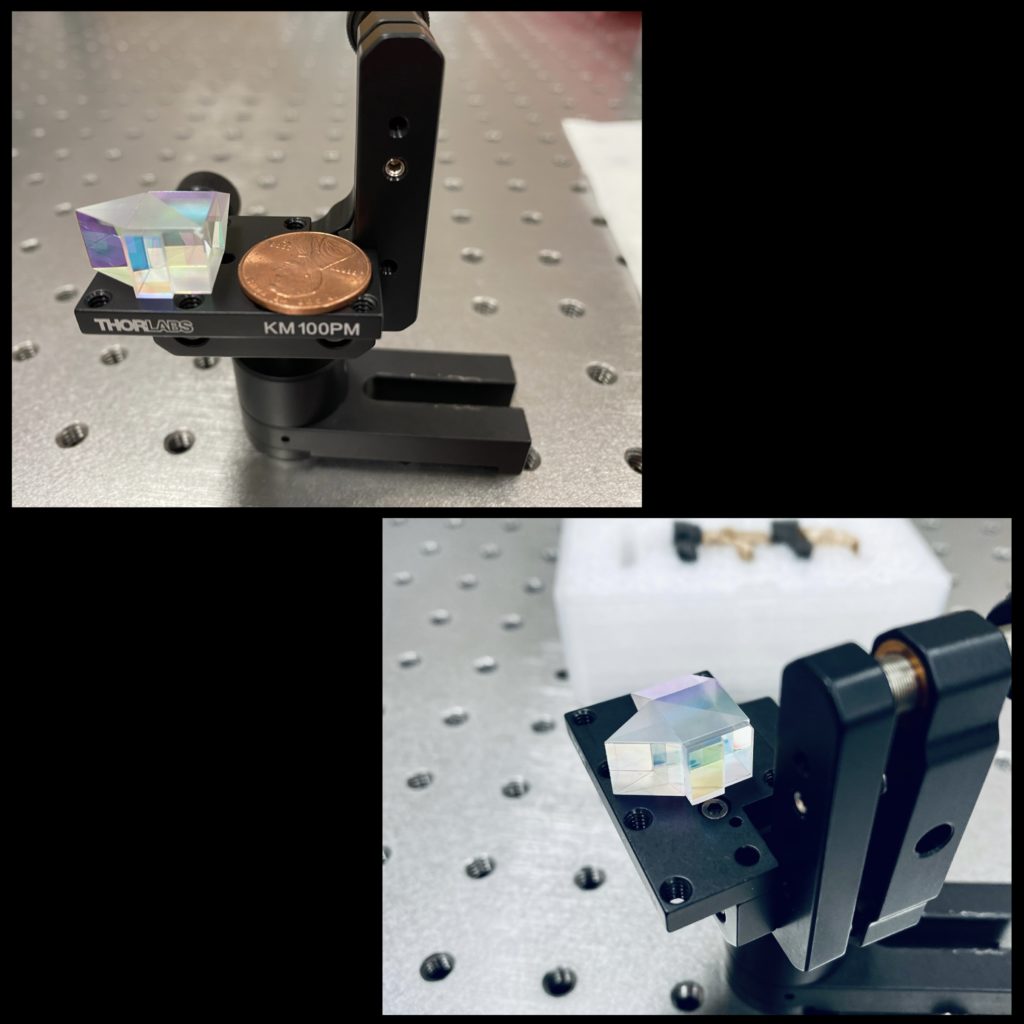
Interferometer including beam splitter, quarter wave plate & prisms
- Interferometer is type of device which uses LASER to measure test mass displacement of resonators.
- We design and fabricate compact and highly sensitive interferometers.
- Optical interferometer avoids the induction of electric signal noise that is common in accelerometers and MEMS with a capacitive electrostatic readout.
- We also work on system characterization and signal processing of the signals and noise reduction for optical precision measurements
For more information, visit research page :
Applications:
- Our accelerometers are ideal for space applications due to
- Compatible materials and simple robust geometry
- Cost-effective, smaller and light weight
- Redundancy: dual test mass approach
- There are many applications for inertial sensing, particularly, low frequency inertial sensing.
- Geodesy, Gravimetry, Seismometry, quantum and fundamental physics.
- We are also implementing them in Inertial navigation system.
- Some other applications are in mineral exploration, oil & gas but certainly, underwater navigation and detection of underground structures. They give you a gravitational signal that you can measure with the instruments sensitive enough at low frequencies.
Gravitational Wave detection
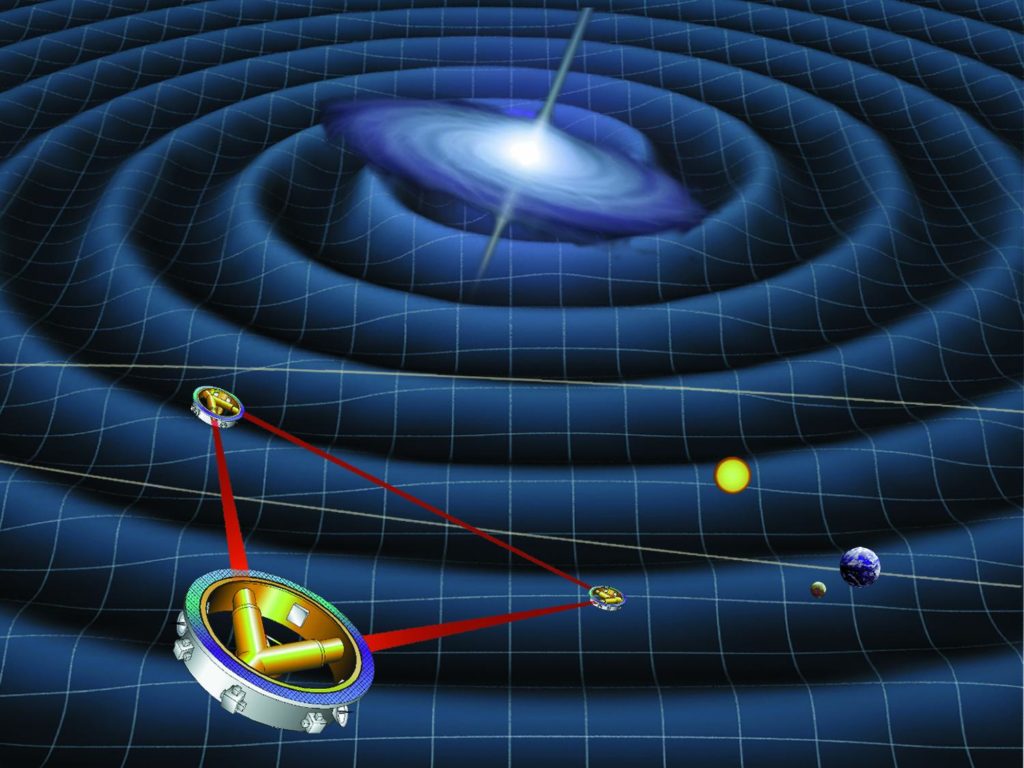
Artist rendering of the Lisa Space Telescope
- Gravitational-wave detectors are one of the most sensitive devices, capable of measuring minuscule vibrations in the spacetime of the order of 10-23
- Ground and space-based observatories such as LIGO and LISA require the constant monitoring of external perturbations to their systems to acquire such great sensitivity
- Our compact, monolithic, high-sensitive accelerometers are suitable for the task of monitoring external noise or the system’s motion for its correct alignment
Space
Geodesy

NASA and GFZ mission GRACE-FO
- Geodesy refers to the measurement of the shape, orientation, and gravitational field of the Earth. Space missions like InSight and GRACE-FO use highly sensitive accelerometers for geodesy-related studies.
- Our accelerometers possess sensitivities comparable to such instruments, with the advantage of being smaller and lighter.
For more information, visit applications page:

